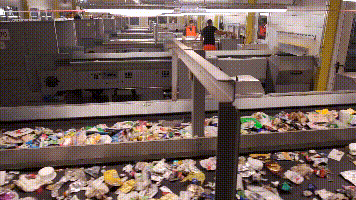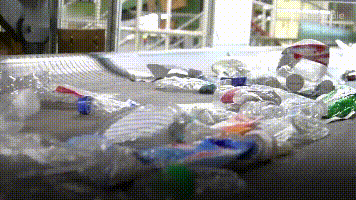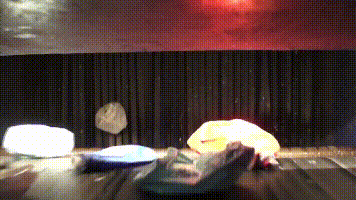Refuse Derived Fuel
Converting waste into Refuse Derived Fuel (RDF) is the trends of waste management. RDF fuel is a high-energy fuel derived from various types of waste, and it offers a promising alternative to conventional fossil fuels.

Manual Sorting Solutions
For countries with low labor costs, a combination of mechanical and manual sorting can be used, which is a cost-effective waste sorting and recycling solution.
Read More
AI Robot Sorting Solutions
The artificial intelligence sorting robot with autonomous learning can practice and accumulate sorting data. It can effectively sort various high-value recyclables.
Read More
Optical Sorting Solutions
Optical sorter is a automatic sorting device based on sensors, high-speed ejector valve has large processing capacity. It is a good choice for bulk handling project of waste recycling.
Read More


